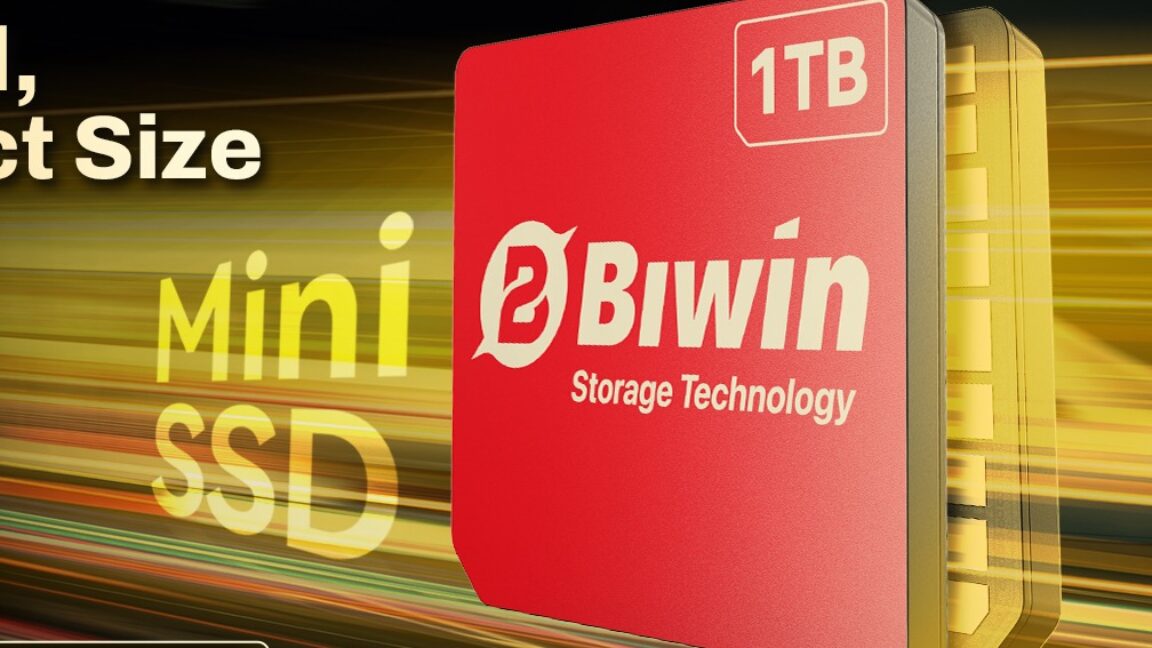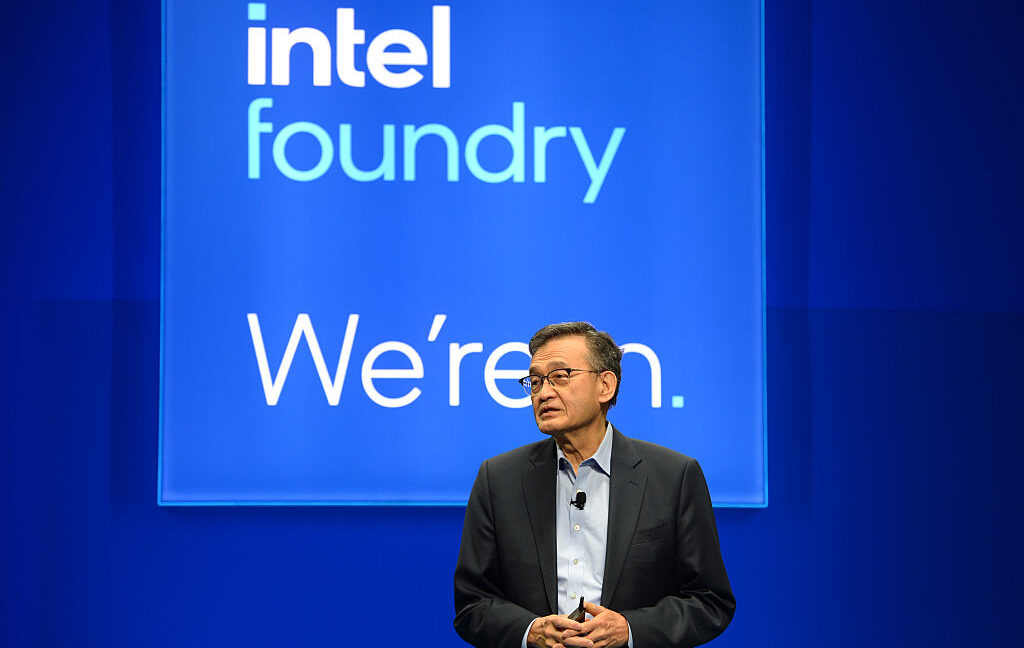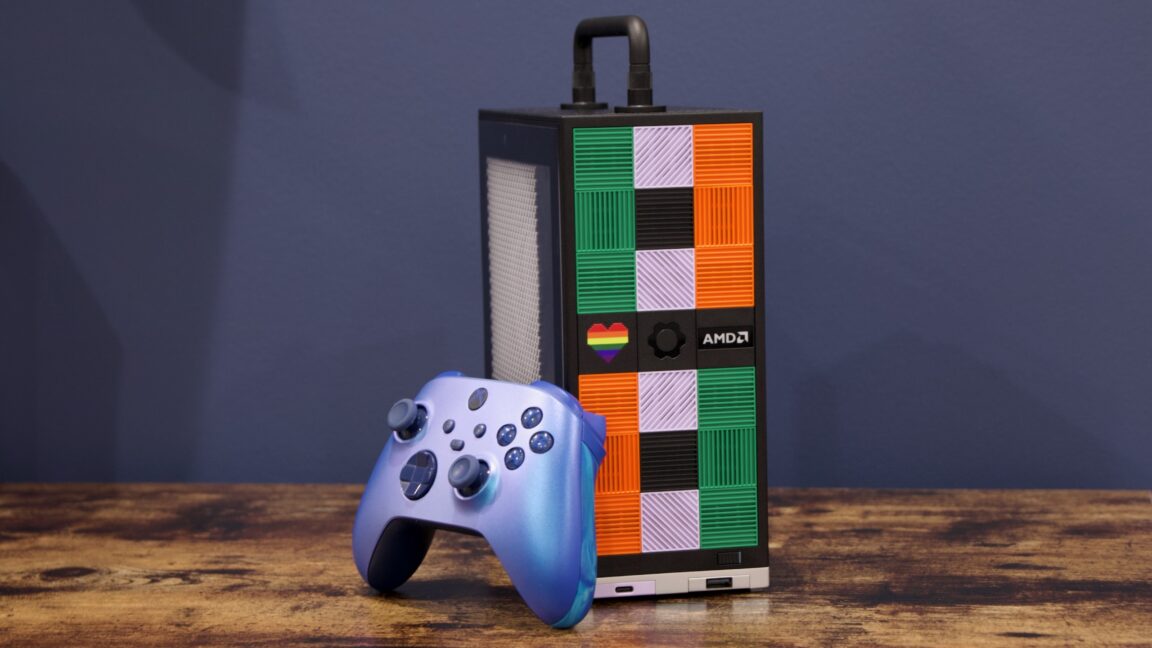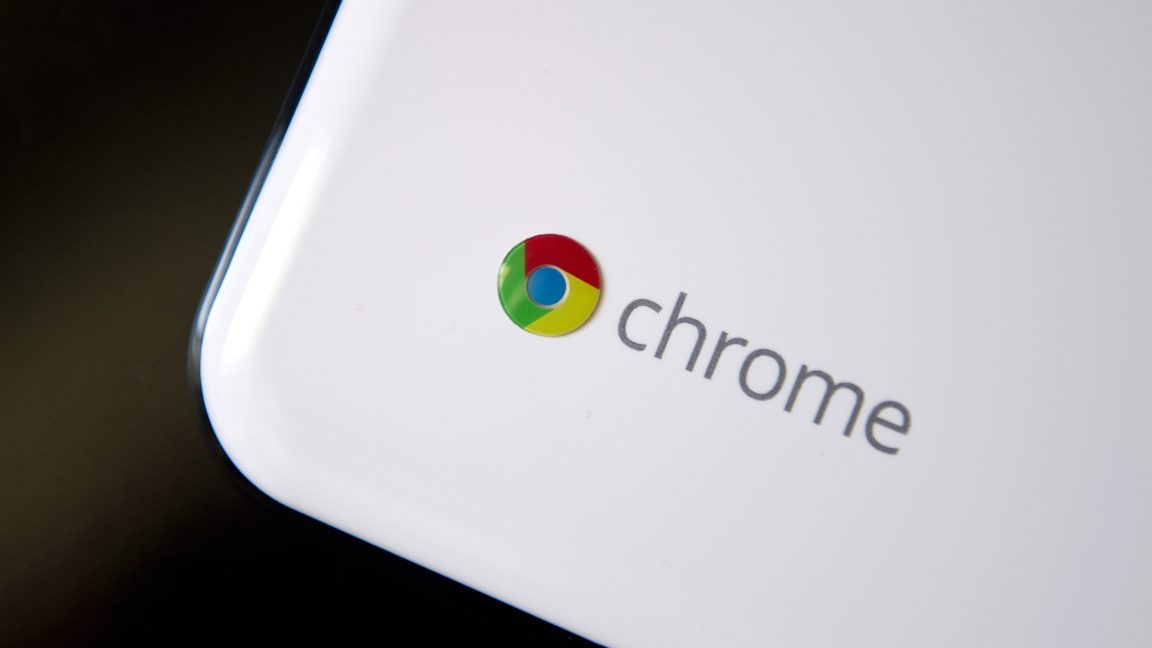Mini SSD trays could transform handheld gaming with near-SSD speeds

Removable storage for handheld consoles is getting a serious rethink. After years of coasting on inexpensive, non-Express microSD cards, a next wave of tiny, high-speed options is emerging to better match the needs of modern games and more powerful portable hardware.
One big nudge arrived when a major new handheld required microSD Express support. That move brought fresh attention to a 2019 standard that had largely been ignored—partly because most devices didn’t support it, and partly because the older, cheaper cards were "fast enough" for typical tasks.
But today’s handhelds increasingly run titles originally tuned for internal NVMe SSDs on PCs and current-gen consoles. To keep load times and texture streaming responsive, these systems need removable storage that behaves a lot more like an SSD and a lot less like a legacy microSD card.
Enter a new "Mini SSD" concept from a Chinese storage maker: a remarkably small 15×17 mm card that interfaces over two lanes of PCIe 4.0, with claimed read speeds up to about 3,700 MB/s. On paper, that’s in the same ballpark as the microSD Express spec when it uses two PCIe 4.0 lanes. In practice, though, most microSD Express cards you can actually buy tend to top out around ~900 MB/s—roughly the bandwidth you’d expect from a single lane of PCIe 3.0.
To make the tiny form factor possible, the Mini SSD uses LGA-style packaging to stack NAND flash and an SSD controller onto the card. It’s designed to slide into a small metal tray and insert into the device much like a SIM card—no screws, no disassembly, no thermal pads to fuss with.
Early adopters are already signaling support. Two AMD-based handheld PCs from China—the GPD Win 5 and the OneXPlayer Super X—are advertising Mini SSD compatibility, with capacities slated from 500 GB up to 2 TB.
While this Mini SSD isn’t a formal industry standard (and may never become one), it tries to solve a real pain point for portable gaming: easy, fast storage upgrades that approach internal SSD performance, without making users crack open their devices. If it sticks, it could also enable cartridge-like game libraries you can slot in and out depending on what you’re playing.
Why games keep ballooning in size
Game installs have been trending up for more than a decade. An analysis published in 2023 estimated average growth of roughly 6.3 GB per year between 2012 and 2023. Crossing the 100 GB mark isn’t universal, but it’s no longer rare.
Higher-resolution art is one driver—4K textures and assets add up quickly. But narrative-heavy, cinematic titles can be just as demanding thanks to hours of voice work and localized audio. In one widely cited example, nearly 17 GB of a major action-adventure release’s install was tied to non-graphics data like audio and cutscenes—larger than many entire games from the early 2010s.
Policy also matters. Consider a recent RPG’s Mac release: the builds distributed on PC storefronts hover around 92 GB, but the version from an official app marketplace balloons to roughly 159 GB because it bundles every supported language’s voiceovers into a single download to meet store requirements.
As these trends continue, the appeal of high-speed, hot-swappable storage grows. Whether Mini SSDs, faster iterations of microSD Express, or another as-yet-unannounced format ultimately wins, the direction is clear: portable systems need SSD-class throughput without the hassle of a teardown.
There are trade-offs to watch. Thermal limits, controller efficiency, write endurance, and cost per gigabyte will determine whether a tiny PCIe card can deliver consistent performance under load. Adoption will also hinge on broad availability and whether more device makers agree on a slot and connector that can be supported long-term.
Still, the idea is compelling—especially for handheld PC gamers. Devices like the Steam Deck rely on internal M.2 SSDs for peak performance, while external microSD cards can bottleneck asset streaming. A tray-loaded NVMe-class card that you can swap in seconds would bridge that gap for many players.
For now, consider Mini SSDs a promising experiment aimed squarely at a real bottleneck. If manufacturers align on a common approach, your next handheld could offer storage upgrades that are as quick as changing a game card—without sacrificing the snappy load times we now expect.



